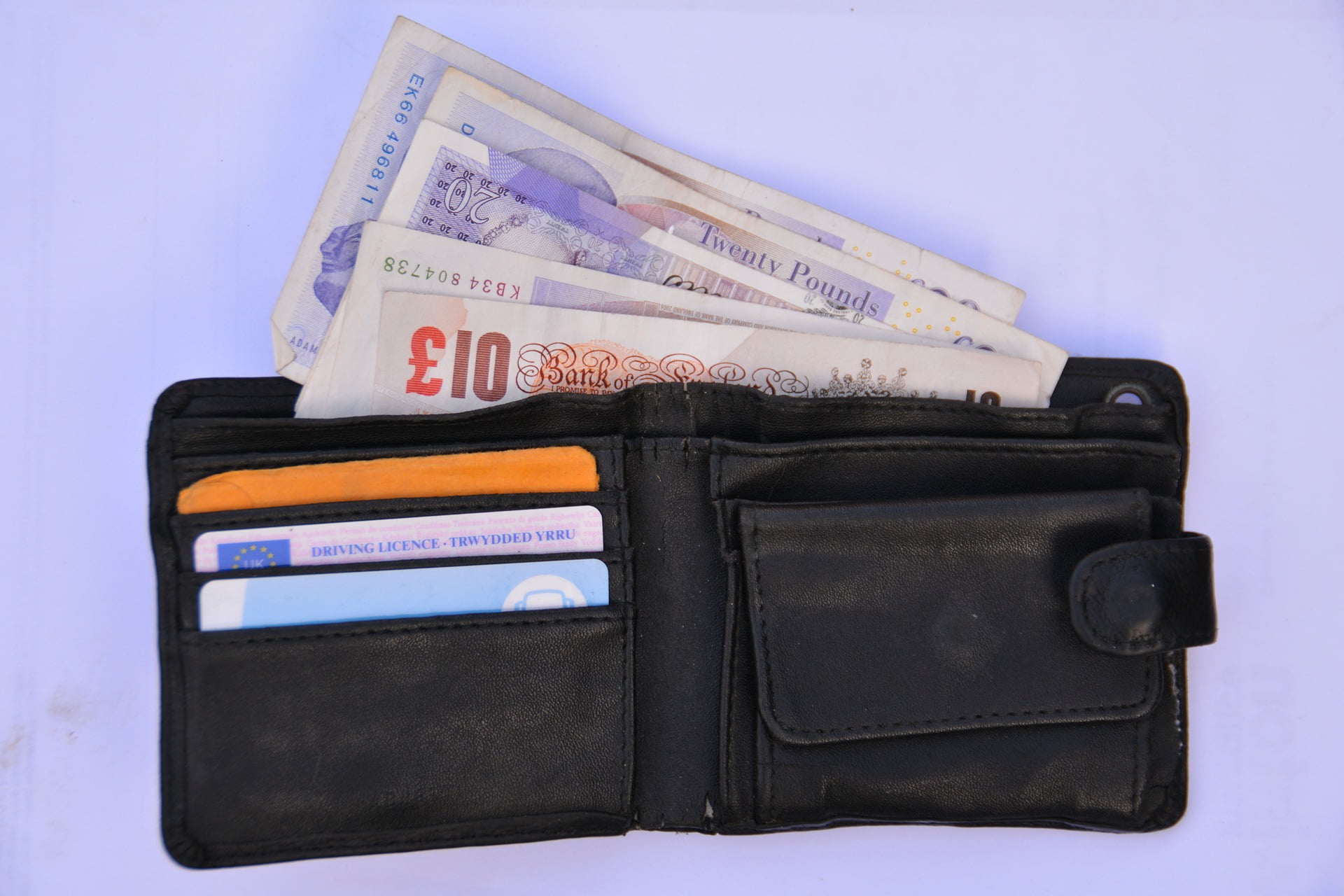Many adults find learning a new language hard work, especially when getting started. But the truth is, it shouldn’t be a chore. After all, reading, listening, and chatting with others are all great, enjoyable activities, and learning should be, too.
Learning a new language can be easy if you approach it in a fresh, fun way. To revive and renew your drive or to improve the skills you’ve already achieved, Lea Aylett, Academic Director at The Language Gallery has compiled ten unusual, but enjoyable ways to learn a new language:
- Start off Slowly Approach language learning slowly one step at a time. Start with something visual like comics and simple children’s books – they can be a fun way to explore the new language when starting out. Move on to cartoons as they are often starting with the basics and breaking words down into small fragments. The visual element of them will also keep you engaged, and you just might find yourself invested in the plot!
- Listen to music Everyone loves music, right? Songs are catchy and easy to listen to, so try downloading or buying music in a foreign language. Repetition is key to learning, so if you listen to the same song repeatedly, you will eventually remember the words. If you have a favourite song, try to find it sung in the language you are learning, or find the lyrics on the internet and familiarise yourself with them whilst you listen to the song.
- Watch a film One way to make language learning fun is by watching a movie in another language which will help you get a feel for the sounds, patterns, and rhythms. If you don’t know enough of the language to turn the subtitles off, keep a list of new vocabulary words you hear and look them up later.
- Cook with foreign recipes Pick up a cookbook in an entirely new language. This will not only boost your vocabulary, but it will also help acquaint you with basic phrases and instructions.To avoid any accidents, start with minor dishes first! You don’t have to be able to cook a grand meal yet, just make sure you get the hang of the words used.
- Use labels To help with your general vocabulary, try labelling objects around your home. If you see these labels at least once every day and practice saying them out loud, you’ll be more likely to remember them during a later conversation.
- Download apps Language learning apps can be a great tool to learn a new skill. Many breakdown languages into bite-size lessons, filled with interactive games. Look at apps such as Duolingo, Memrise and Tandem, which are all free to download and use.
- Practice makes perfect Practice communicating with others in a foreign language by making a full introduction using that language alone. Try to avoid switching to your native tongue, but try to sound as natural as possible in your introduction.Incorporate the language as much as possible in your daily life to make it feel more natural to you.
- Hold a games night To make learning a new language more fun, invite your friends over for a games night. You don’t have to be an expert to play games such as KLOO in languages such as French, Spanish and Italian, plus you’ll be surprised at how quickly you, and even your friends, will pick things up! Going head-to-head with your friends will also make it much more enjoyable.
- Turn your phone into a language learning tool We’re all guilty of being on our phones way more than what we should be, so why not use the time on your phone to bump up your language learning? Change your phone’s setting to the desired language you would like to learn. If you have a smartphone that has a built-in operator feature like Siri, try speaking to the robot in your new language for a fun way to test your pronunciation.
- Go abroad Visit the country that speaks the language you’re trying to learn. When visiting the country, whether you’re talking to the woman behind the checkout in the supermarket, asking a local for directions or ordering food at a restaurant, make sure you try to communicate in their language, and keep a log of any new phrases learned.

















